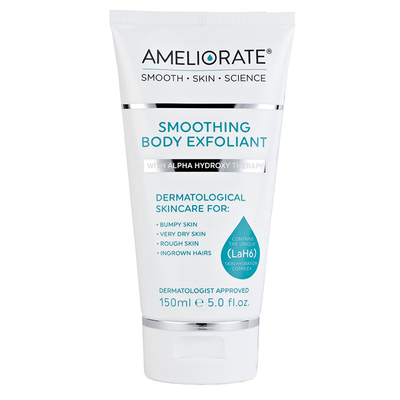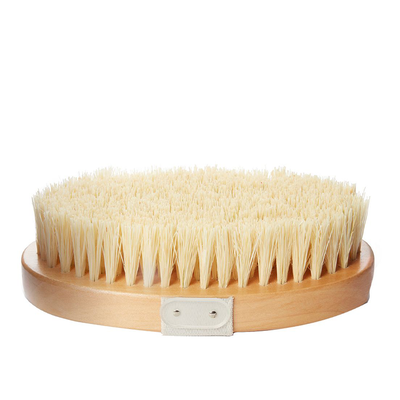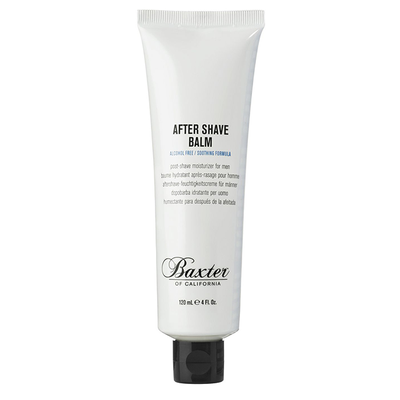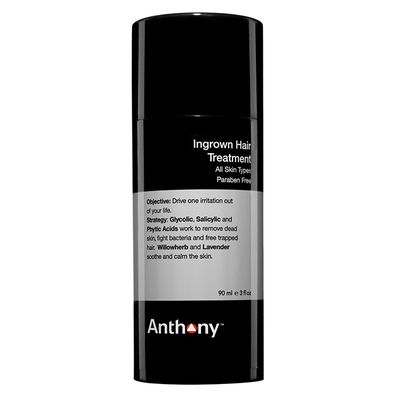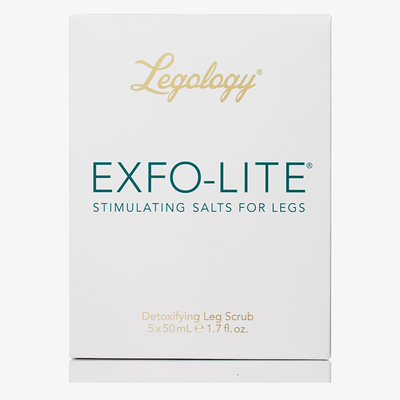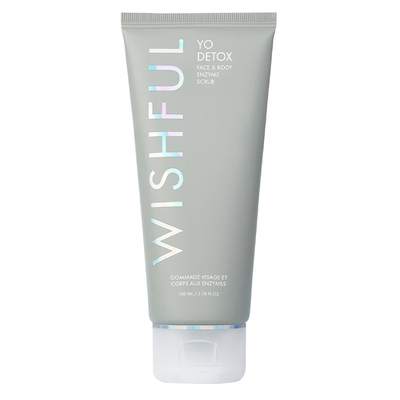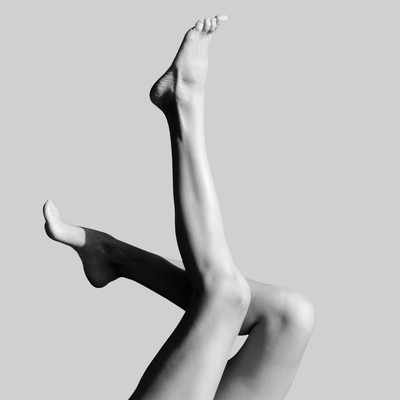
Beauty 101: What You Need To Know About Ingrown Hairs
All products on this page have been selected by our editorial team, however we may make commission on some products.
UPDATED APRIL 2021
There Are Multiple Causes
“An ingrown hair is a common condition which happens when the hair curls back, or grows sideways into the skin, resulting in an inflamed, raised bump,” says Candela Medical Clinical Specialist & Dermatologist, Chanele Rosa. “They can be painful, and some may even form like a boil or a sore. Ingrown hairs are often caused by hair removal methods like waxing, tweezing or shaving, but they’re also more common in those with dense, coarse hair, and can occur from lack of exfoliation or a hormonal imbalance. If you get one, it’s best to stop waxing, shaving or plucking until it goes away or starts to reduce in size – if inflamed, use a warm compress to open the follicle and ease the pain.”
They Are Easy To Spot
“It’s easy to question whether it’s an ingrown hair or something entirely different,” explains skincare expert & founder of Legology, Kate Shapland. “The easiest way to know is if they look a bit like acne, with a raised, red head – they almost look pimple-like and tend to ruin the landscape of a newly waxed or shaved leg. You’ll find they itch and feel tender and sore to touch, too. The key difference though, is if you get in close and really examine it, you’ll see a small hair growing inside the bump – it’s not pleasant, but it is normal.”
Some Products Should Help
“If your ingrown hairs won’t budge by themselves, use creams with ingredients designed to exfoliate the skin, such as salicylic acid, glycolic acid or lactic acid – these will break down sebum and dead cells which cause obstruction to hair,” adds Chanele. “Tea tree oil has antibacterial and anti-inflammatory properties, too, and anything with aloe vera can help to soothe the area.” Kate adds: “Patience and prevention is your motto for ingrown hairs. There’s no instant quick fix but there are a few measures you can take to help ease the hair out. Apply a warm compress to the swollen area to soften the skin. Once you’ve done this, go over it gently with an exfoliating washcloth or clean, soft-bristled toothbrush, using circular motions. This will remove dead skin cells, so the hair will be more likely to emerge. You can also double-up the treatment with a spot of chemical abrasion – as mentioned above. Over-the-counter hydrocortisone cream will help to bring the hair out further, too, but this isn’t a long-term solution.”
Body Brushing Is Also A Great Remedy
“You don’t need to do it every day, but as part of a prevention process, you should incorporate body brushing into your regime,” says Kate. “It removes dead skin cells really quickly, while providing gentle exfoliation, too. Try doing it on dry skin for the best results and take a light-handed approach as you go to prevent further swelling or inflammation.”
They Can Happen Anywhere
“Ingrown hairs are most common in areas that have been waxed, tweezed or shaved (think the beard, legs and underarms), but it’s not uncommon to find them elsewhere on the body, like your biceps or calves” says Chanele. “People often think if they don’t try to remove hair then they won’t suffer from them, but it’s not always the case. Our hairs shed on a regular basis and when they grow back, the follicle may be covered with dead skin, preventing the hair from exiting properly, which is what results in it becoming ingrown.”
Only Use Tweezers With Caution
“Put down the tweezers and never pick at or pop an ingrown hair,” adds Kate. “If you do either of this, you increase your risk of infection and scarring. If you find you’re prone to ingrown hairs, try to avoid wearing tight or synthetic fabrics that sit close to your skin – think leggings and skinny jeans. These materials can rub and exacerbate any existing irritation. The only time tweezing is recommended is if the hair has emerged and broken through – only then can you use a sterile pair of tweezers or a needle to gently pull it out. Sterilise tweezers by dunking them in alcohol or an acetone-based nail varnish remover.”
Shaving Is A Delicate Exercise
“While shaving isn’t the root cause of ingrown hairs, it can lead to more problems,” advises Chanele. “Always use some sort of lubrication before you shave, as shaving dry can create especially sharp edges to the hair that are more prone to grow back wonky. Leave the formula to soak into your skin for a few minutes before you start – this will soften the hair and result in fewer cuts and chances of infection, too.”
Though Unsightly, They’re Rarely Dangerous
“Ingrown hairs can be painful and unsightly, but they’re not usually dangerous,” finishes Chanele. “However, if they become infected, they can cause problems. If you’re concerned, seek advice from your GP or healthcare provider, who may prescribe an antibiotic if needed.”
Shop The Best Remedies For Ingrown Hairs…
CREDITS: Evgeniy Shvets/STOCKSY UNITED
DISCLAIMER: We endeavour to always credit the correct original source of every image we use. If you think a credit may be incorrect, please contact us at info@sheerluxe.com.
